You can ensure your body and immunity run smoothly by rounding out your plate with plenty of numerous servings of fruits and vegetables, plus 8 to 10 glasses of water a day, at the very least (depends if you workout, place you live etc.) The following ingredients can add extra flu-fighting punch to your winter meal plan.
1. YOGURT
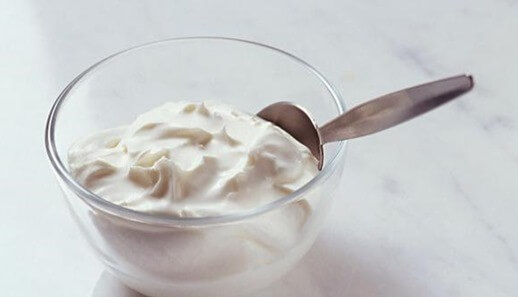
Probiotics, or the “live active cultures” found in yogurt, are healthy bacteria that keep the gut and intestinal tract free of disease-causing germs. Although they’re available in supplement form, a study from the University of Vienna in Austria found that a daily 7-ounce dose of yogurt was just as effective in boosting immunity as popping pills. In an 80-day Swedish study of 181 factory employees, those who drank a daily supplement of Lactobacillus reuteri—a specific probiotic that appears to stimulate white blood cells—took 33% fewer sick days than those given a placebo. Any yogurt with a “Live and Active Cultures” seal contains some beneficial bugs, but Stonyfield Farm is the only US brand that contains this specific strain.
Optimal dose: Two 6-ounce servings a day.
2. OATS AND BARLEY
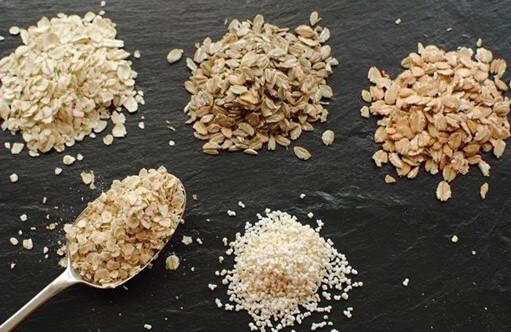
These grains contain beta-glucan, a type of fiber with antimicrobial and antioxidant capabilities more potent than echinacea, reports a Norwegian study. When animals eat this compound, they’re less likely to contract influenza, herpes, even anthrax; in humans, it boosts immunity, speeds wound healing, and may help antibiotics work better.
Optimal dose: At least one in your three daily servings of whole grains.
3. GARLIC
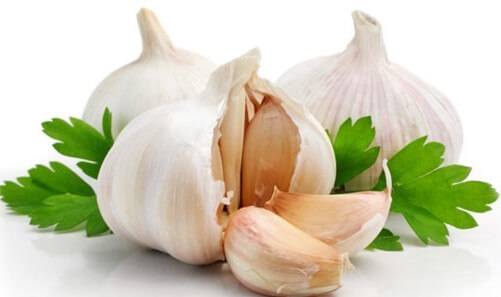
This potent onion relative contains the active ingredient allicin, which fights infection and bacteria. British researchers gave 146 people either a placebo or a garlic extract for 12 weeks; the garlic takers were two-thirds less likely to catch a cold. Other studies suggest that garlic lovers who chow more than six cloves a week have a 30% lower rate of colorectal cancer and a 50% lower rate of stomach cancer.
Optimal dose: Two raw cloves a day and add crushed garlic to your cooking several times a week
4. SHELLFISH

Selenium, plentiful in shellfish such as oysters, lobsters, crabs, and clams, helps white blood cells produce cytokines—proteins that help clear flu viruses out of the body. Salmon, mackerel, and herring are rich in omega-3 fats, which reduce inflammation, increasing airflow and protecting lungs from colds and respiratory infections.
Optimal dose: Two servings a week (unless you’re pregnant or planning to be)
5. CHICKEN SOUP
When University of Nebraska researchers tested 13 brands, they found that all but one (chicken-flavored ramen noodles) blocked the migration of inflammatory white cells—an important finding, because cold symptoms are a response to the cells’ accumulation in the bronchial tubes. The amino acid cysteine, released from chicken during cooking, chemically resembles the bronchitis drug acetylcysteine, which may explain the results. The soup’s salty broth keeps mucus thin the same way cough medicines do. Added spices, such as garlic and onions, can increase soup’s immune-boosting power.
Optimal dose: Have a bowl when feeling crummy.
6. TEA

People who drank 5 cups a day of black tea for 2 weeks had 10 times more virus-fighting interferon in their blood than others who drank a placebo hot drink, in a Harvard study. The amino acid that’s responsible for this immune boost, L-theanine, is abundant in both black and green tea—decaf versions have it, too.
Optimal dose: Several cups daily. To get up to five times mo re antioxidants from your tea bags, bob them up and down while you brew.
7. BEEF
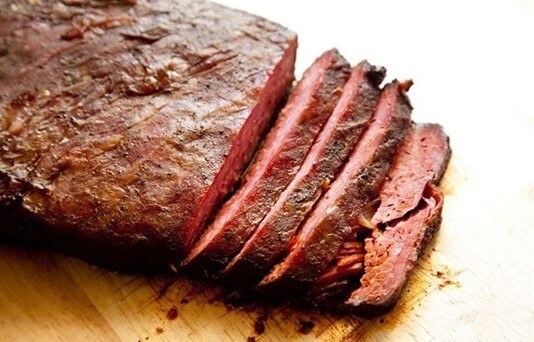
Zinc deficiency is one of the most common nutritional shortfalls among American adults, especially for vegetarians and those who’ve cut back on beef, a prime source of this immunity-bolstering mineral. And that’s unfortunate, because even mild zinc deficiency can increase your risk of infection. Zinc in your diet is very important for the development of white blood cells, the intrepid immune system cells that recognize and destroy invading bacteria, viruses, and assorted other bad guys, says William Boisvert, PhD, an expert in nutrition and immunity at The Scripps Research Institute in La Jolla, CA.
Optimal dose: A 3-oz serving of lean beef provides about 30% of the Daily Value (DV) for zinc. That’s often enough to make the difference between deficient and sufficient. Not a beef person? Try zinc-rich oysters, fortified cereals, pork, poultry, yogurt, or milk.
8. SWEET POTATOES

You may not think of skin as part of your immune system. But this crucial organ, covering an impressive 16 square feet, serves as a first-line fortress against bacteria, viruses, and other undesirables. To stay strong and healthy, your skin needs vitamin A. “Vitamin A plays a major role in the production of connective tissue, a key component of skin,” explains Prevention advisor David Katz, MD, director of the Yale-Griffin Prevention Research Center in Derby, CT. One of the best ways to get vitamin A into your diet is from foods containing beta-carotene (like sweet potatoes), which your body turns into vitamin A.
Optimal dose: A half-cup serving, which delivers only 170 calories but 40% of the DV of vitamin A as beta-carotene. They’re so good, you might want to save them for dessert! Think orange when looking for other foods rich in beta-carotene: carrots, squash, canned pumpkin, and cantaloupe.
9. MUSHROOMS
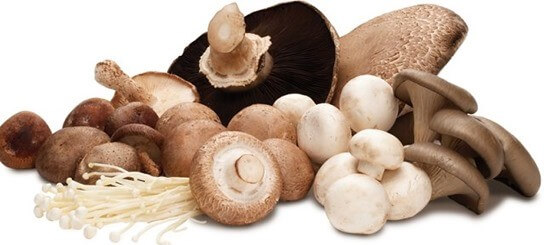
For centuries, people around the world have turned to mushrooms for a healthy immune system. Contemporary researchers now know why. “Studies show that mushrooms increase the production and activity of white blood cells, making them more aggressive. This is a good thing when you have an infection,” says Douglas Schar, DipPhyt, MCPP, MNIMH, director of the Institute of Herbal Medicine in Washington, DC.
Optimal dose: Shiitake, maitake, and reishi mushrooms appear to pack the biggest immunity punch; experts recommend at least ¼ ounce to 1 ounce a few times a day for maximum immune benefits. Add a handful to pasta sauce, sauté with a little oil and add to eggs, or heap triple-decker style on a frozen pizza.
 Freshsein
Freshsein